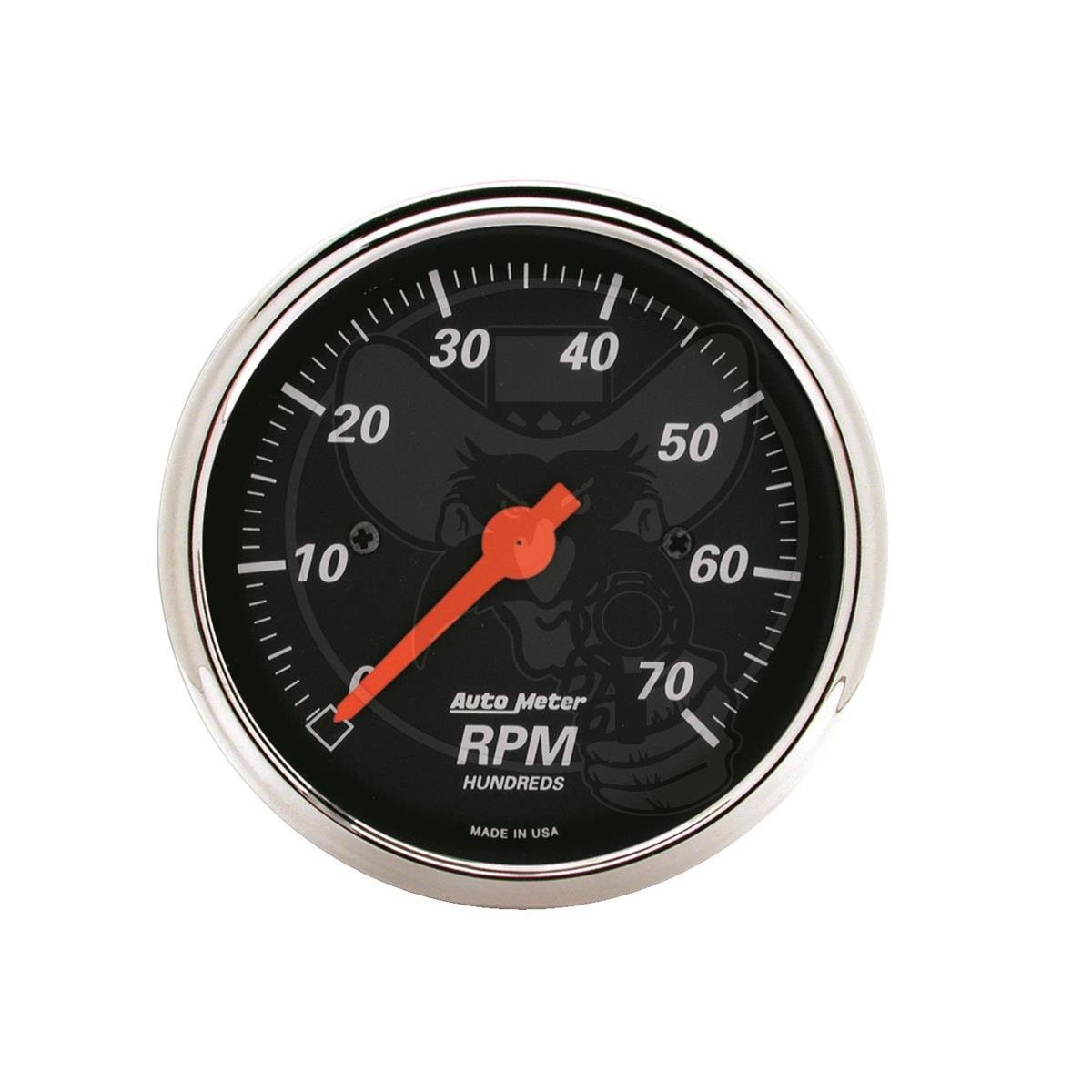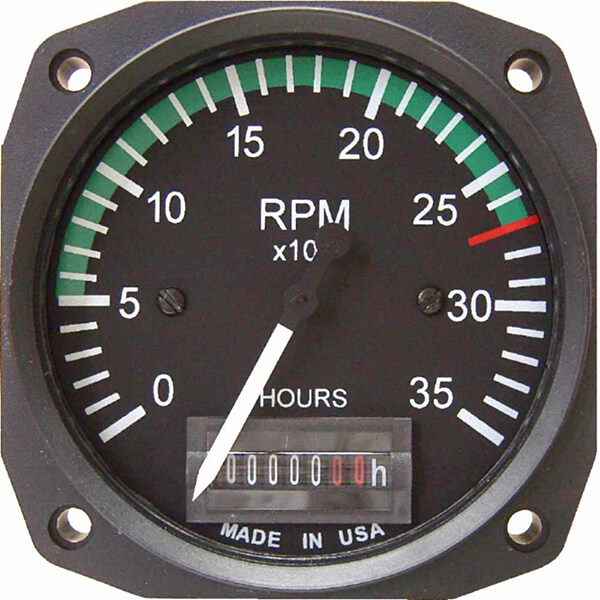Specialist Tips for Keeping and Adjusting Your Tachometer
Specialist Tips for Keeping and Adjusting Your Tachometer
Blog Article
The Significance of a Tachometer in Keeping Track Of Engine Rate and Performance in Automotive Applications
In the realm of vehicle engineering, the tachometer stands as a crucial tool in the motorist's arsenal, offering a straight home window right into the internal functions of an automobile's engine. Past its function as a mere gauge of transformations per min (RPM), the tachometer functions as an important device for enthusiasts and professionals alike, providing real-time insights into engine efficiency and health and wellness. Comprehending the relevance of this gadget goes beyond surface-level observations, delving into the intricate relationship in between engine rate, power outcome, and general driving experience. As we check out the multifaceted role of the tachometer in automobile applications, a deeper gratitude for its effect on car dynamics and performance starts to arise.
Value of Keeping Track Of Engine RPM
Checking engine RPM, or revolutions per min, is a critical element of automotive maintenance and performance examination. Engine RPM directly correlates with the speed at which the engine's crankshaft revolves, showing how swiftly the engine is running.
Furthermore, keeping track of engine RPM is necessary for efficiency evaluation in racing and high-performance cars. In summary, keeping an eye on engine RPM is not just important for finding concerns but also for optimizing engine performance in different automobile applications.

Benefits of Real-Time Data
In auto applications, real-time information plays a crucial role in offering instantaneous understandings into the efficiency and condition of the car. By constantly keeping an eye on numerous criteria such as engine rate, temperature level, fuel consumption, and more, real-time information supplies countless advantages that add to boosted performance and security on the roadway.
One substantial benefit of real-time information is its capacity to alert drivers and specialists to any abnormalities or issues quickly. This proactive method enables fast recognition of possible issues, permitting timely treatments to stop more damage or failures. Additionally, real-time information helps with performance optimization by providing prompt responses on driving routines and engine efficiency. Drivers can adjust their actions in real-time based upon this information to accomplish better gas economy and extend the life-span of their automobile.

Furthermore, real-time data plays an important role in modern-day automobile diagnostics, enabling service technicians to swiftly detect and address malfunctions. This leads to decreased downtime, reduced maintenance prices, and ultimately, enhanced total vehicle dependability and durability (tachometer). By harnessing the power of real-time information, auto stakeholders can make enlightened decisions that favorably affect both the performance and durability of the car
Influence On Equipment Shifts
The tachometer plays a crucial duty in enhancing gear shifts by offering real-time engine speed information to the chauffeur. When coming close to the redline on the tachometer, it indicates the motorist to upshift to avoid over-revving the engine and triggering prospective damages.
Moreover, the tachometer help in attaining smoother equipment find transitions, specifically in manual transmissions. By keeping track of engine speed, motorists can execute gear changes at the optimal RPM variety, reducing snagging motions and minimizing wear on the transmission components. This precision in equipment adjustments not only improves driving comfort yet also adds to fuel effectiveness.
Enhancing Fuel Effectiveness
Provided the important duty the tachometer plays in maximizing equipment shifts for efficiency and engine wellness, it directly Visit Website adds to taking full advantage of fuel efficiency in vehicle applications. By giving real-time responses on engine speed, the tachometer helps motorists in keeping one of the most efficient RPM range for fuel economic climate. When vehicle drivers regularly check the tachometer and readjust their motoring habits accordingly, they can stay clear of unnecessary gas usage created by over-revving or hauling the engine.
Furthermore, the tachometer aids drivers identify the most fuel-efficient gear to be in at any given moment, avoiding the engine from functioning more difficult than essential. This is especially important throughout velocity and cruising, where remaining in the ideal gear can substantially influence gas efficiency. Furthermore, the tachometer can signal vehicle drivers to possible mechanical concerns that can be adversely impacting gas economic situation, such as a sliding clutch or a stopped up air filter. Finally, the tachometer functions as an find here important tool in improving fuel performance by advertising ideal driving habits and identifying locations for improvement in the vehicle's performance.

Making Best Use Of Engine Longevity
The tachometer's role in checking engine rate and efficiency is important in making certain the durability of vehicle engines. By using the tachometer efficiently, chauffeurs can maximize engine longevity with conscious RPM administration. Continually revving an engine expensive can result in extreme wear and tear on crucial elements, such as the pistons, shutoffs, and bearings. Gradually, this can result in decreased engine efficiency and possible breakdowns. Keeping track of the tachometer allows motorists to stay within the advised RPM variety for their vehicle, protecting against unneeded pressure on the engine and expanding its life-span.

Verdict
In final thought, the tachometer plays an important duty in monitoring engine speed and performance in vehicle applications. By giving real-time information on RPM, it enables reliable gear changes, improved gas performance, and maximized engine longevity. This tool is vital for preserving ideal engine efficiency and guaranteeing the total functionality of a lorry.
Report this page